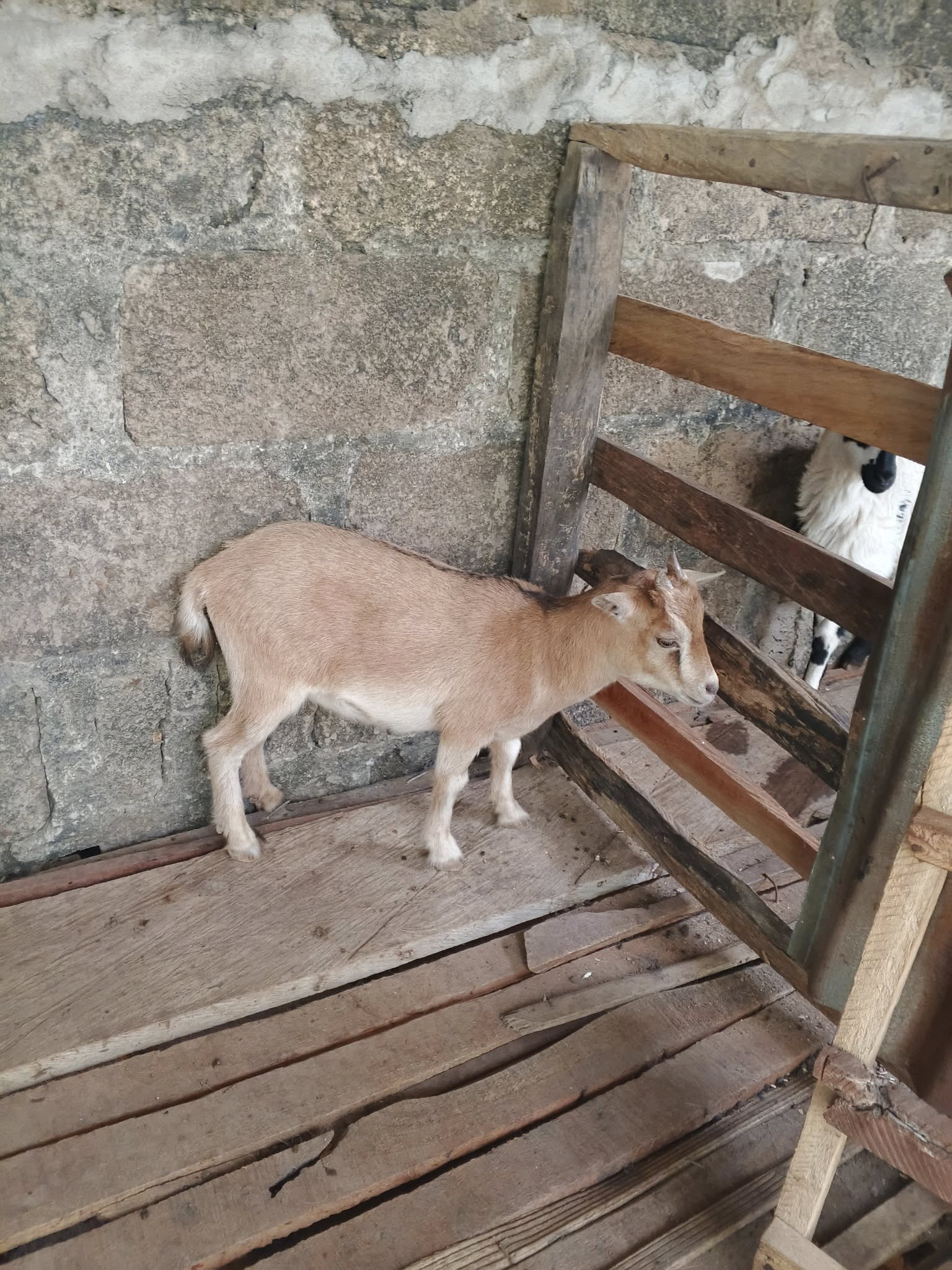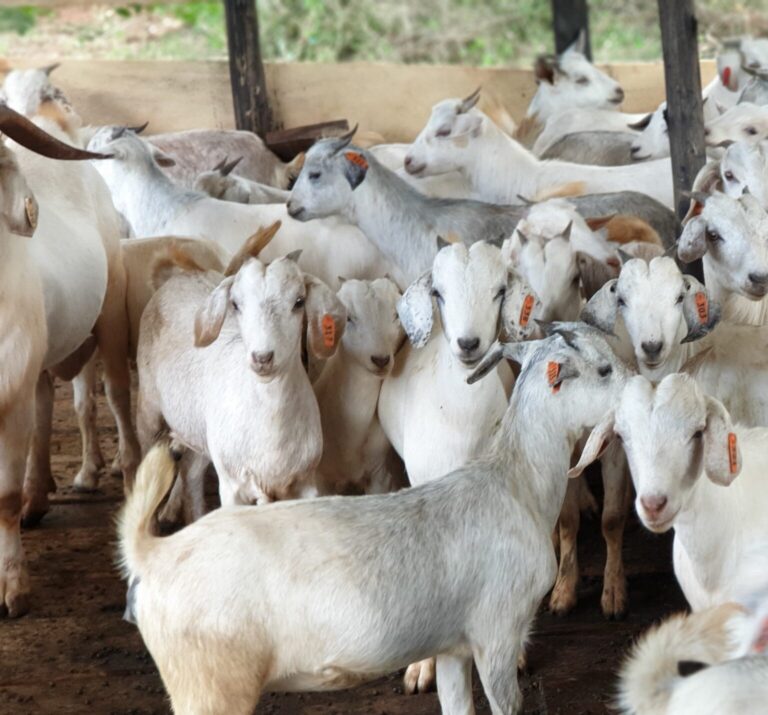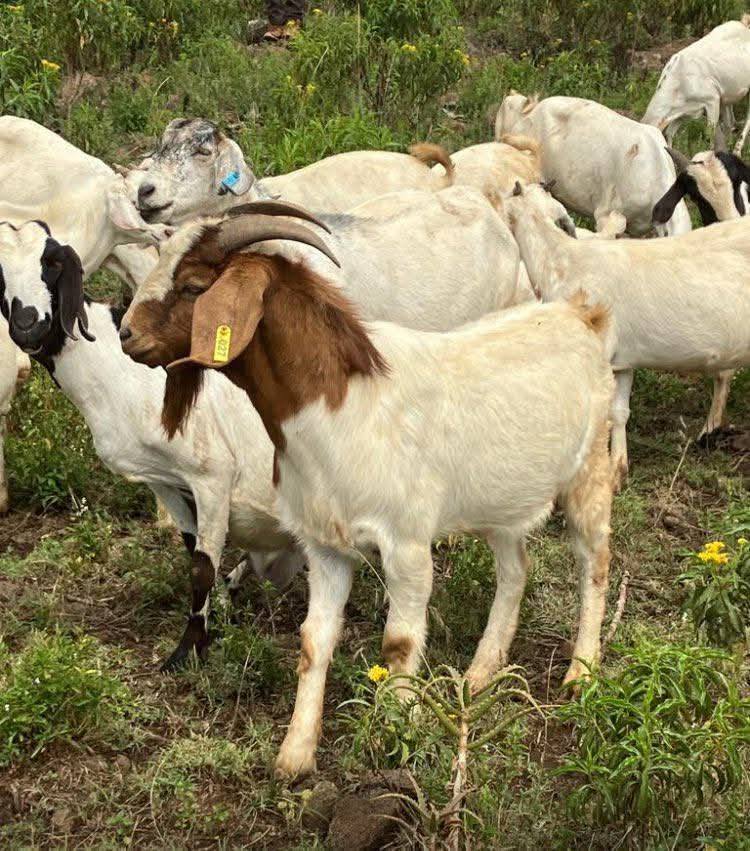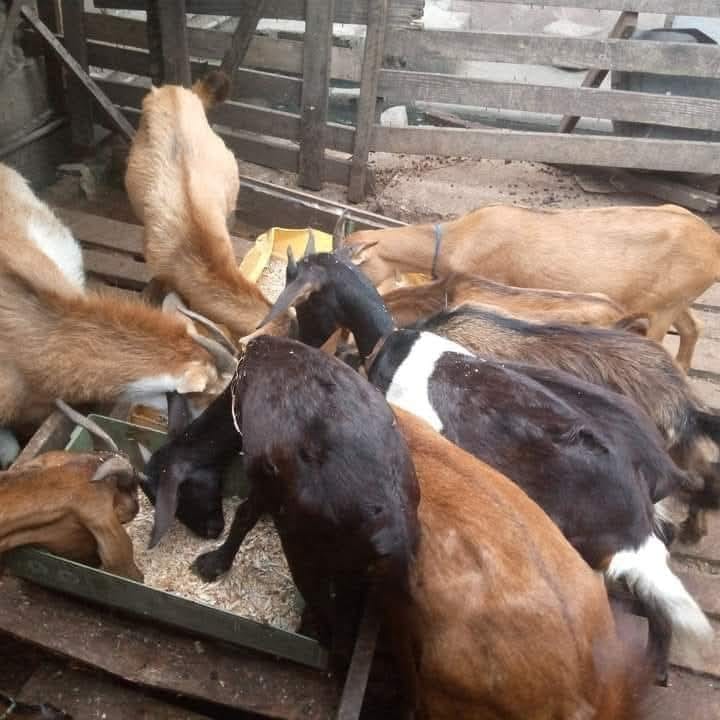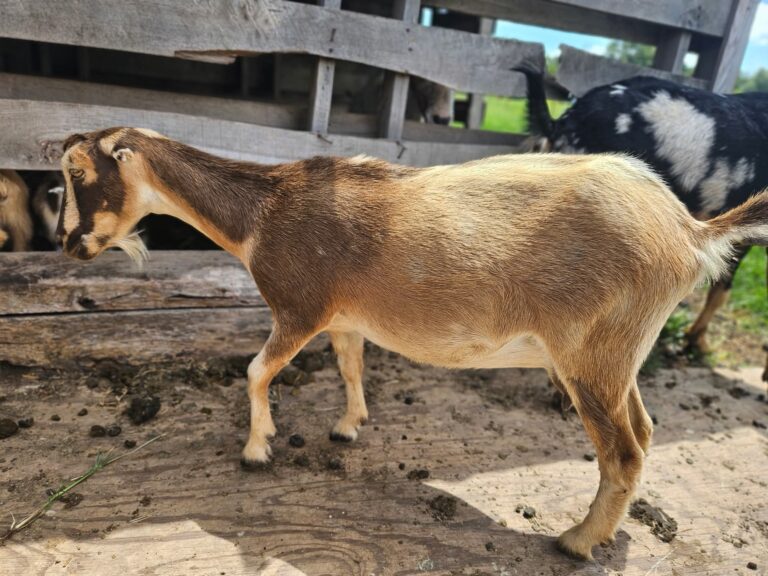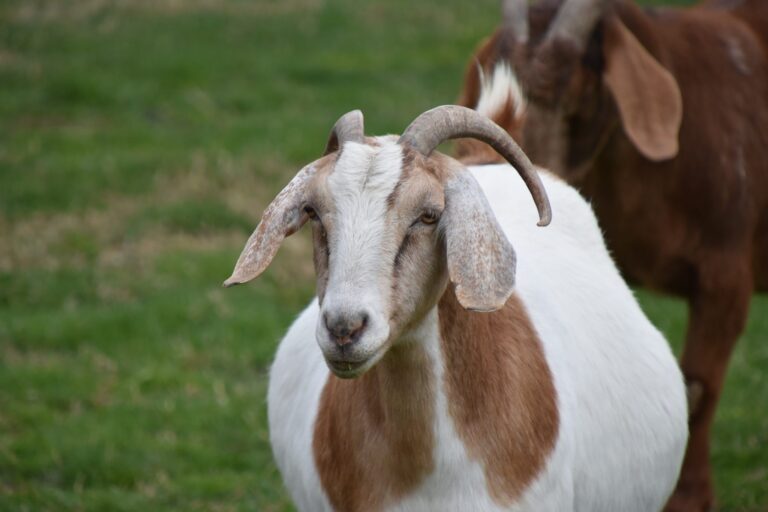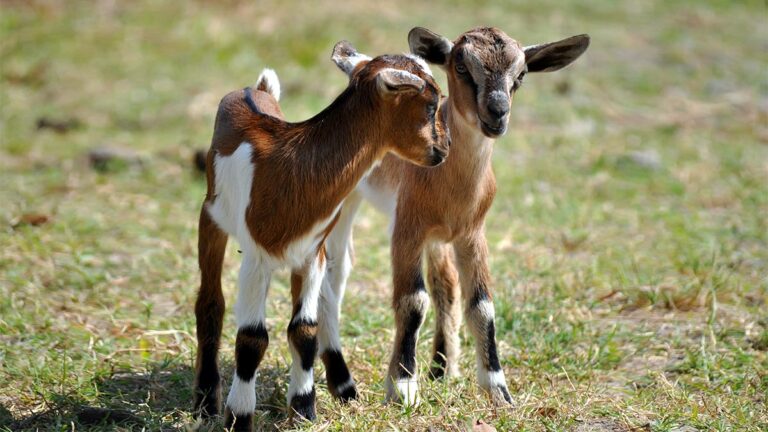Success in goat farming depends on having the proper tools and equipment in place.
These tools help reduce labour, improve animal welfare, and ensure that daily farm operations run smoothly.
Whether you’re managing a small backyard herd or building a larger commercial unit, investing in the right equipment from the start will boost efficiency, minimise animal stress, and improve your farm’s overall productivity.
Shelter and Housing Tools
A functional goat shelter is the foundation of any productive farm. While goats don’t require luxurious housing, they do need a clean, well-ventilated, and predator-proof space.
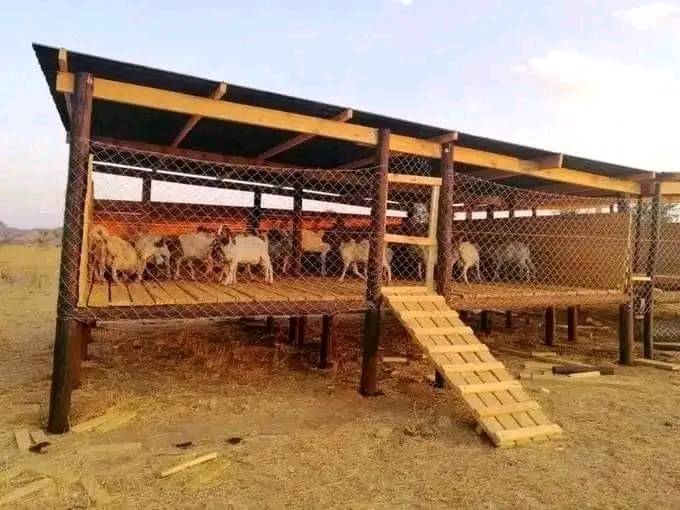
Key tools and materials for constructing and maintaining housing include durable roofing sheets, treated wooden posts or metal frames for support, and slatted wooden floors or concrete platforms for proper drainage.
Farmers also need wheelbarrows and shovels to regularly clean out waste and old bedding to maintain hygienic conditions inside the pen.
Feeding and Watering Equipment
Efficient feeding not only saves time but also ensures goats receive the right nutrients in the right amounts.
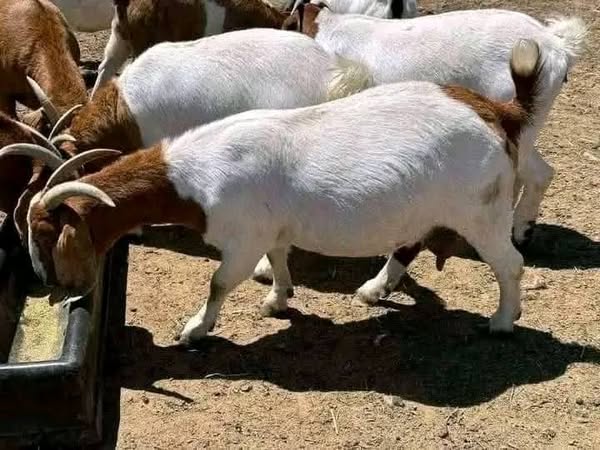
Feed troughs, preferably raised to prevent contamination, are essential for offering grain, concentrates, or chopped forage. These can be made from wood, metal, or durable plastic.
Hay racks help deliver dry matter without waste, while salt and mineral dispensers allow goats to self-supplement with necessary nutrients.
Watering is equally critical. Using sturdy water troughs or nipple drinkers ensures your goats always have access to clean water. In larger farms, automatic water systems reduce manual labour and keep animals hydrated consistently.
Health and Veterinary Supplies
Good health management begins with having the right tools on hand.
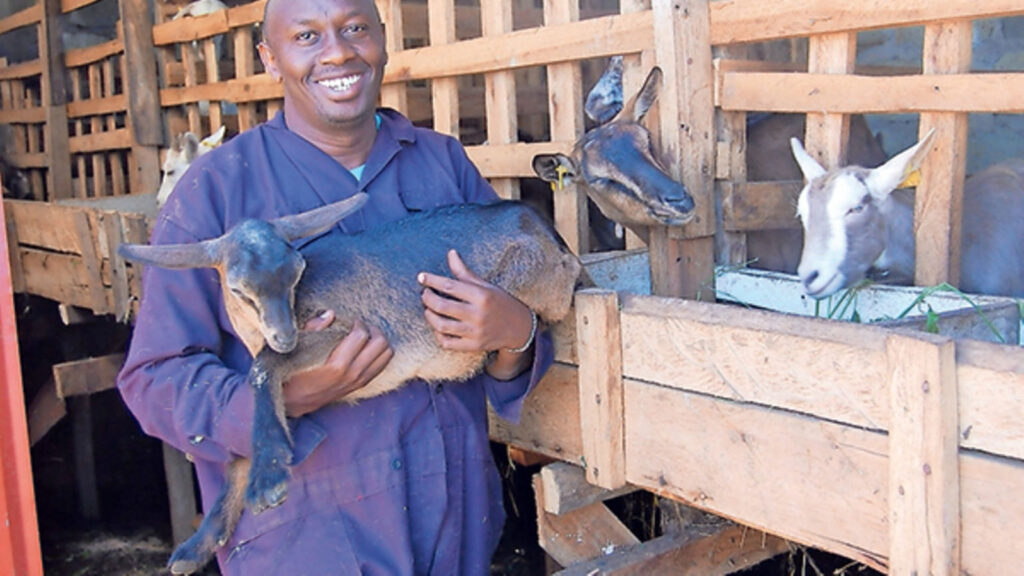
Basic veterinary supplies every goat farmer should have include thermometers for checking body temperature, syringes for vaccinations and deworming, hoof trimmers for regular hoof care, and antiseptics or wound sprays for minor injuries.
A clean pair of gloves, scissors, and a first aid box should also be part of your farm essentials.
In addition, a weighing scale, either digital or manual, is useful for tracking growth, adjusting feed portions, and diagnosing weight-related health concerns.
Breeding and Kid Management Tools
During breeding and kidding seasons, a few extra tools go a long way in ensuring healthy outcomes. Record-keeping books or digital apps help you track heat cycles, breeding dates, and kidding intervals.
You’ll also need kid markers (non-toxic livestock paint) to identify new births and keep tabs on multiple kids.
In some cases, milk bottles or feeding syringes are necessary to assist weak kids or orphaned ones.
A heat lamp or warming box might be useful in colder climates to support newborns during their first days of life.
Fencing and Restraint Equipment
Goats are notorious escape artists, so quality fencing is not optional.
Whether you choose woven wire, electric fencing, or chain link, your enclosure must be strong and tall enough (usually around 4–5 feet) to prevent climbing or jumping.
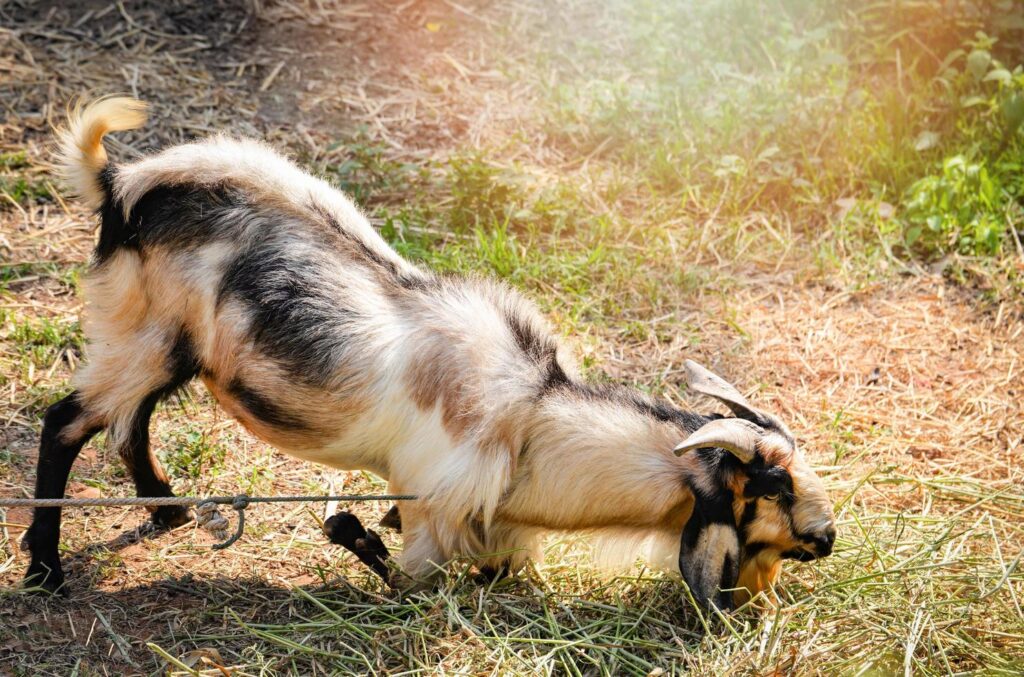
Gates with secure latches are also necessary to control movement and entry into feeding or resting areas.
For restraint during health checks or grooming, tools like neck yokes or simple holding pens help reduce stress and make the process safer for both the animal and the handler.
Manure and Waste Handling Tools
Efficient manure management is critical for hygiene and also for maximising the value of goat waste, which is an excellent organic fertiliser.
Shovels, hoes, and wheelbarrows make routine cleaning easier.
Compost bins or pits may be needed for farms interested in converting manure into usable compost for crops or sale.
Proper waste handling tools also reduce the risk of disease, particularly in densely populated pens.
Record-Keeping Tools
Effective goat farming depends on data. A well-maintained record system (physical notebooks, spreadsheets, or mobile farm apps) helps you monitor breeding cycles, vaccination schedules, feed consumption, and financial performance.
Knowing when a goat was last dewormed or how much milk a doe produces allows you to make informed decisions that affect profitability.
Transportation and Handling Gear
Even on small farms, you’ll occasionally need to move goats for sales, breeding, or veterinary care.
A transport cage or trailer with proper ventilation is essential for this.
Ropes, halters, and collars help guide animals without harm. I
t’s also helpful to have a loading ramp if you deal with larger numbers or heavier animals.
Wrapping Up
Having the right tools and equipment is about functionality, safety, and productivity. Investing in these essentials helps you work faster, reduce losses, and improve goat comfort.
As your herd grows, you can scale your equipment to match your needs, but the foundation remains the same: smart tools lead to smoother operations and better outcomes.
Related:

